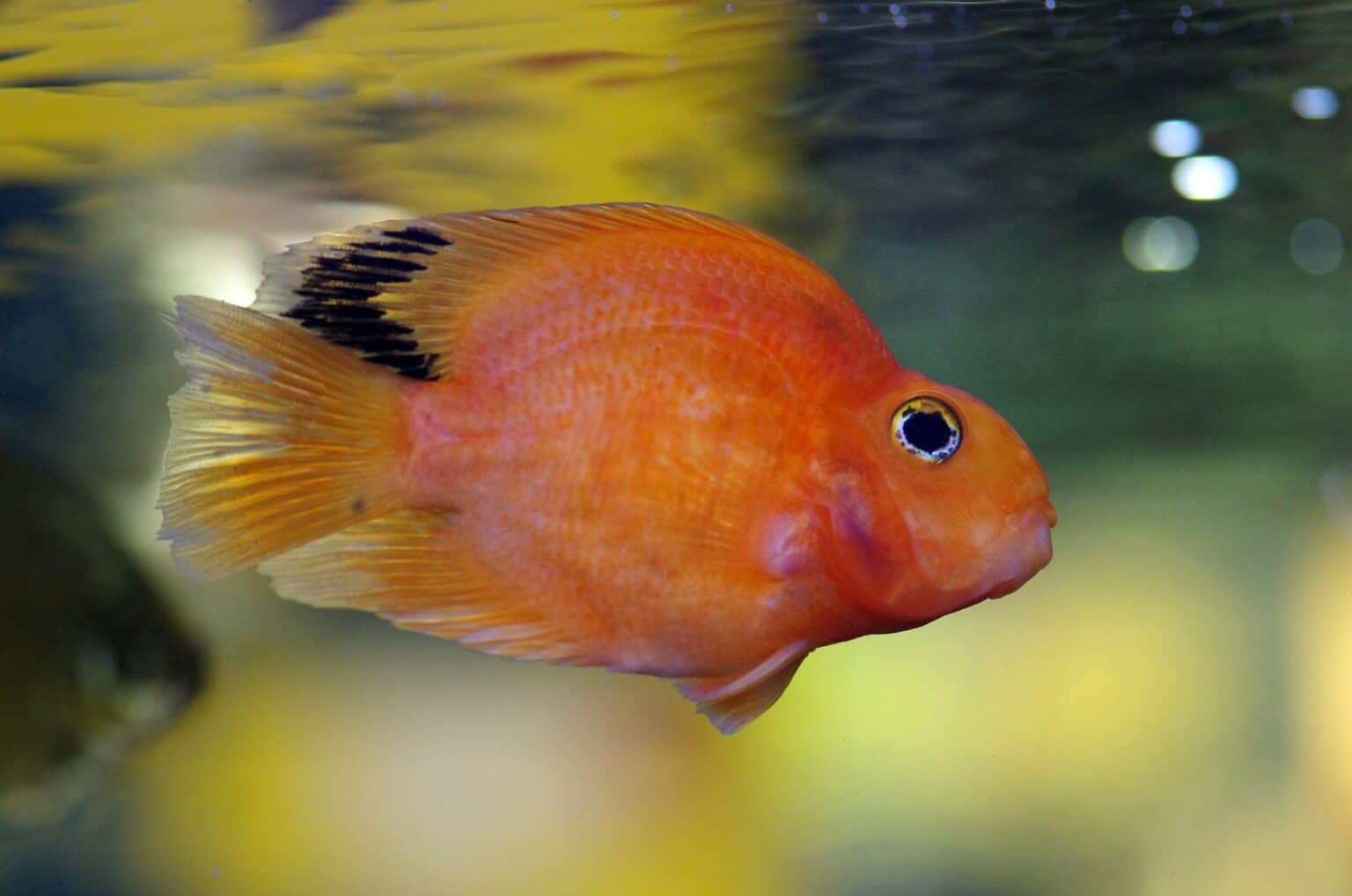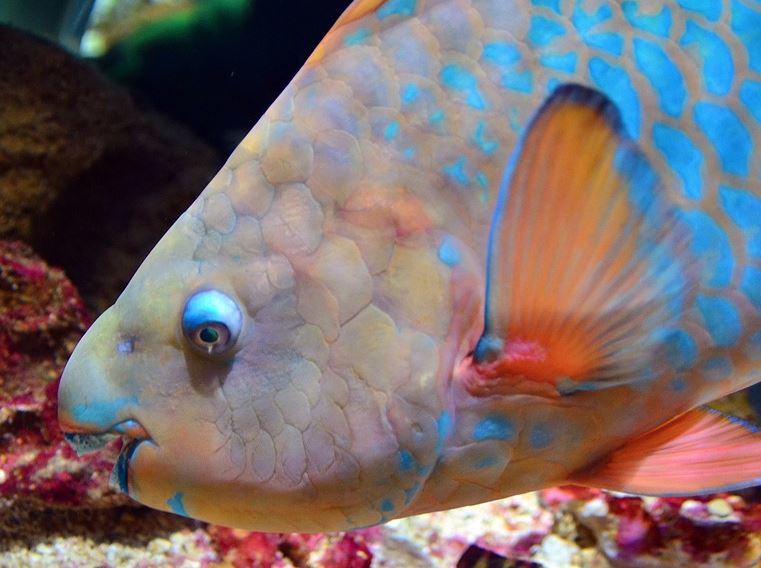

Probably the most interesting thing though about parrotfish is their role in coral reefs. Stoplight parrotfish, terminal phase (CC SA 3.0) This change usually takes place due to an environmental cue, such as the loss of the dominant male. So, for example, some species of parrotfish start as female in their initial phase, then change to male in the terminal phase.

Each phase is characterized by being one gender. A sequential hermaphrodite is an animal that goes through an initial and terminal phase during its adult life. (The mucus comes from glands behind their gills.) Scientists think these bubbles likely act as sort of protective sleeping bags to shield the fish from blood-sucking parasites and predators like moray eels and sharks.Parrotfish are also known as sequential hermaphrodites. Snotty sleeping bagsĮvery night, certain species of parrotfish spend about an hour creating a near-invisible bubble of mucus to sleep in.

These protected regions include the Gulf of Mexico the Atlantic Ocean around the Bahamas and the Indian Ocean near the Maldives, an island nation near Sri Lanka. Two types-the greenback and bumphead-are declining in population because of overfishing and habitat destruction.īut thanks in part to new marine protected areas, where it’s against the law to catch parrotfish, scientists expect these numbers to rise. Without parrotfish, the whole coral ecosystem would collapse.Ībout 80 identified species of parrotfish live throughout in the world. The tropical fish also clear away excess algae, which can smother the coral and prevent it from growing. When the algae-eaters chomp down on coral, they create gaps in the reef that are filled in by new coral growth. Luckily, parrotfish are common around tropical reefs all over the world, and their eating habits can help coral reefs stay healthy.

Healthy coral reefs need space to grow and low levels of harmful algae. In fact, up to 70 percent of the white sand found on some beaches in Hawaii and the Caribbean is made of the ground-up coral that these fish leave behind. One large parrotfish can grind up enough coral to create up to 800 pounds of soft, white sand a year. Since these swimmers spend about 90 percent of their time snacking on algae, they create a lot of sandy waste. If a parrotfish does accidentally digest coral, they poop it out as sand. They can also withstand 530 tons of pressure-that’s the same as the weight of about 88 elephants! Scientists analyzing the structure of these chompers discovered that they’re harder than a penny. (The parrot-like “beak” is how the fish got its name.) Another set of teeth, called pharyngeal teeth, further breaks down the coral bits even more in the fish’s throat. All those teeth are fused together to form a strong, beak-like structure. Luckily, their powerful teeth are well equipped to grind up the crunchy coral in their tropical ocean habitat.Įach fish has about a thousand teeth lined up in 15 continuously growing rows. Parrotfish nibble on algae growing on dead coral, but sometimes they accidentally swallow coral, too.


 0 kommentar(er)
0 kommentar(er)
